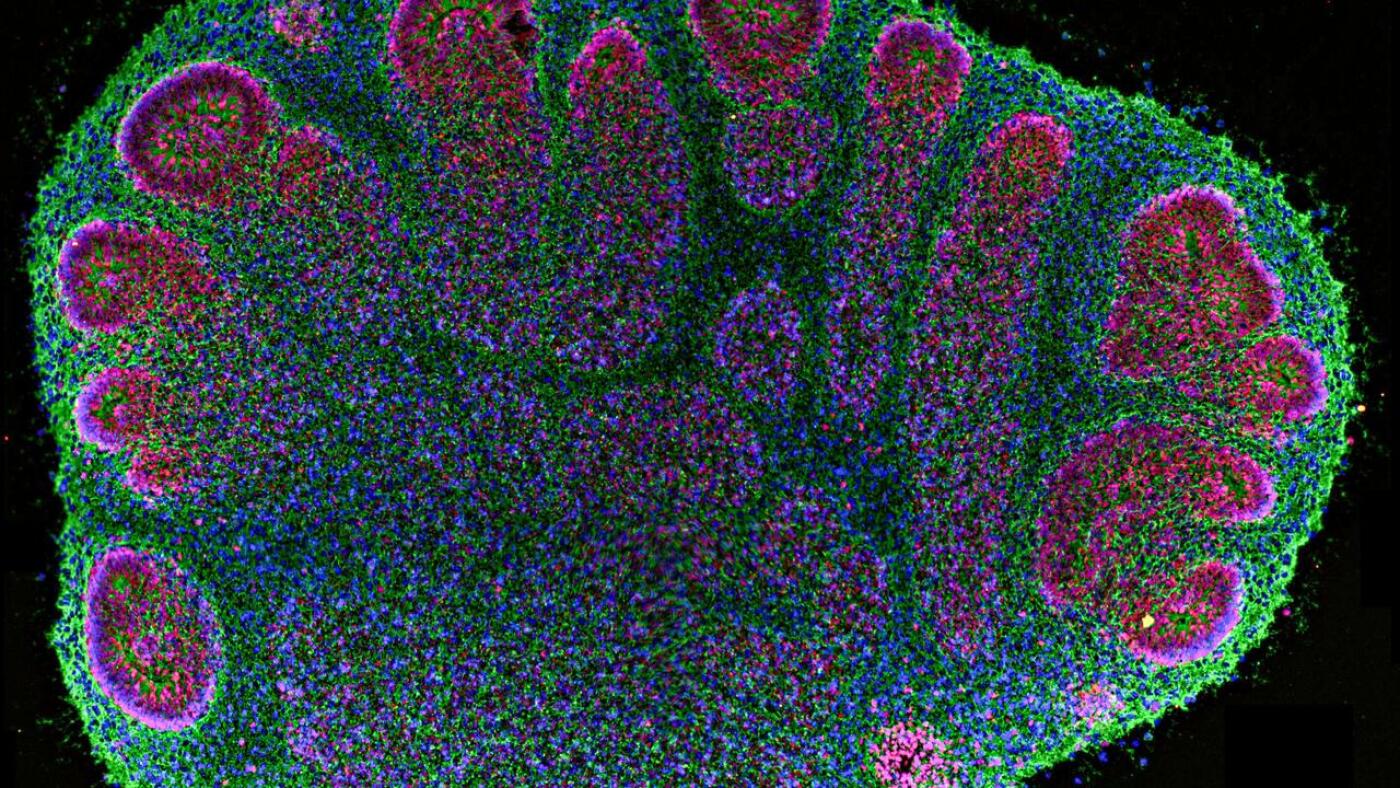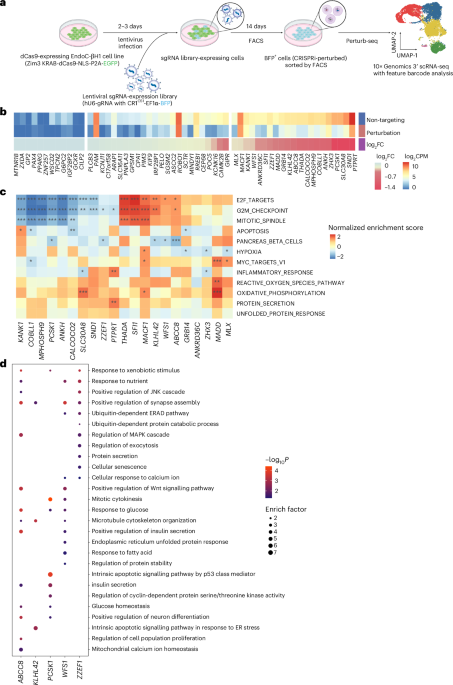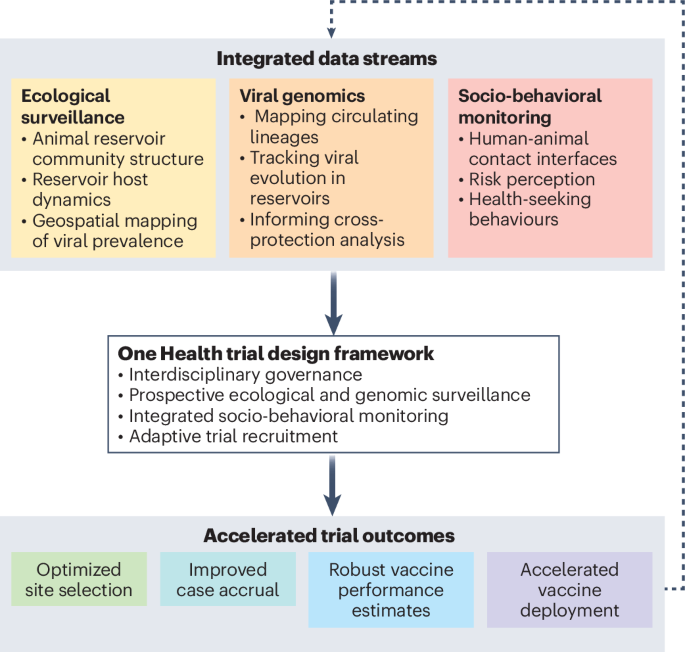In 2025, the NeurologyLive® staff was a busy bunch, covering clinical news and data readouts from around the world across a number of key neurology subspecialty areas. From major study publications and FDA decisions to societal conference…
Category: 6. Health
-

Hidradenitis Suppurativa Risk Factors Identified
A LARGE two-sample Mendelian randomisation (MR) study provides strong genetic evidence that increased body mass index (BMI) causally increases the risk of hidradenitis suppurativa (HS), while the role of smoking remains unclear. The study also…
Continue Reading
-

Experts warn mental health chatbots can cause harm even as demand grows amid a shortage of therapists
But the laws, all passed this year, don’t fully address the fast-changing landscape of AI software development. And app developers, policymakers and mental health advocates say the resulting patchwork of state laws isn’t enough to…
Continue Reading
-

The perfect way to look after your health if you work shifts | Health
Approximately 8.7 million people in the UK work night shifts, but humans are not meant to be awake at night. “It goes against our natural circadian cycle,” says Steven Lockley, visiting professor at the Surrey Sleep Research Centre,…
Continue Reading
-

Brain organoids are helping researchers, but raise ethical questions : Shots
Cross-section of a two-month old cerebral organoid observed under a fluorescence microscope.
…Continue Reading
-

Soybean oil linked to obesity via liver protein, study finds
Soybean oil, the most widely used cooking oil in the United States, contributes to obesity through a specific genetic mechanism, according to a new study from UC Riverside.
Published in the Journal of Lipid Research, the study explains why…
Continue Reading
-

Tariffs and economic uncertainty threaten public health
The recent threat and introduction of tariffs by the US government has caused severe economic turbulence globally. Tariffs can increase prices, disrupt trade, cause stock market volatility, threaten jobs and businesses that rely on exports, and…
Continue Reading
-

Single-cell perturbations decipher ribosomal stress-surveillance regulators in type 2 diabetes
Suzuki, K. et al. Genetic drivers of heterogeneity in type 2 diabetes pathophysiology. Nature 627, 347–357 (2024).
Google Scholar
Mahajan, A. et al….
Continue Reading
-

A One Health trial design to accelerate Lassa fever vaccines
World Health Organization. https://go.nature.com/3IUuBi2 (2024).
Gouglas, D. et al. Lancet Glob. Health 6, e1386–e1396 (2018).
Google Scholar
Warimwe, G. M. et…
Continue Reading
-

Lower sodium levels linked to higher brain excitability, study finds
A new study, published in the journal Scientific Reports, has revealed that even small fluctuations in blood sodium levels, within the established healthy range, can significantly impact brain activity.
The research investigated 42 healthy…
Continue Reading
